American Generals privately gloated over the failure of British Field Marshal Bernard Montgomery’s Operation Market Garden in September 1944. The British had conceived the idea, although Allied units from many nations participated in the operation. “Market Garden was a rotten plan, poorly executed,” writes British historian Max Hastings in Armageddon.
Among other blunders, the British decision to drop various elements of the 1st Airborne Division six to eight miles from Arnhem rather than near the highway bridge proved catastrophic to the paratroopers and doomed the operation.
Montgomery, who was keen to get across the Rhine and penetrate the German frontier, had grown impatient with Eisenhower, whose headquarters was still in Brittany nearly 400 miles from the front lines on the Belgium-Netherlands border. Eisenhower still struggled to surmount command-and-control hurdles; for example, staff struggled to perform functions quickly and effectively when it came to processing intelligence and issuing orders. But after the debacle of Market Garden, Eisenhower turned a deaf ear on Montgomery’s strategic proposals.
Montgomery underestimated the ability of the Germans, whom the Allies had chased across northeastern France, to recover and function effectively. Although two SS panzer divisions in the area of the Allied air drops certainly played a key role in thwarting the Allies’ ability to capture some of their key objectives, it was the jumble of an assortment of German sub-units around Arnhem that plagued the British 1st Airborne division. Their presence in defensive positions east of Arnhem slowed the paratroopers’ entry into the town. Indeed, SS Colonel Ludwig Spindler managed to cobble together elements of 16 units to defend the approaches to Arnhem.
The British found themselves hopelessly outgunned in Arnhem with the appearance of elements of the II SS Panzer Corps. Simply put, the nine British paratrooper battalions around Arnhem faced 14 German battalions equipped with tanks, artillery, and armored vehicles. The Germans also possessed the deadly panzerfaust, which they used with telling effect in the campaign to pick off Allied tanks and vehicles.
British soldiers recalled trying to hold street corners only to hear clatter of tracks indicating a tank was headed their way. A tank engine would start up and then there was “the sudden, terrible sight of a tank coming round a corner, traversing its turret towards you,” wrote John Killick, an intelligence officer with the 1st Airborne Division.
The saga of the 9th and 10th panzer divisions is impressive. The Allies should have annihilated them along with other German armored formations in the Falaise Pocket the previous month, but both had managed to escape total destruction.
The 10th SS Panzer Division had two companies equipped with some long-barreled Panzer IVs, and two other companies outfitted with some Sturmgeschutz 40 Ausf G assault guns. The 9th SS Panzer Division’s 1st Panzer Battalion possessed some Panzerkampfwagen V Panther tanks. The 506th Heavy Tank Battalion equipped with Tiger II tanks reinforced the two divisions late in the battle.
Despite the presence of battle-hardened German units that were not demoralized as the Allies expected, the British and Americans participating in Operation Market Garden might have succeeded if they had attacked boldly and resolutely. But many participating in the assault treated it as just another operation. They deceived themselves into believing that since they had made it all of the way across France, they might be able to find a quick and easy way into Germany. The Germans divested them of this notion for the time being.
—William E. Welsh
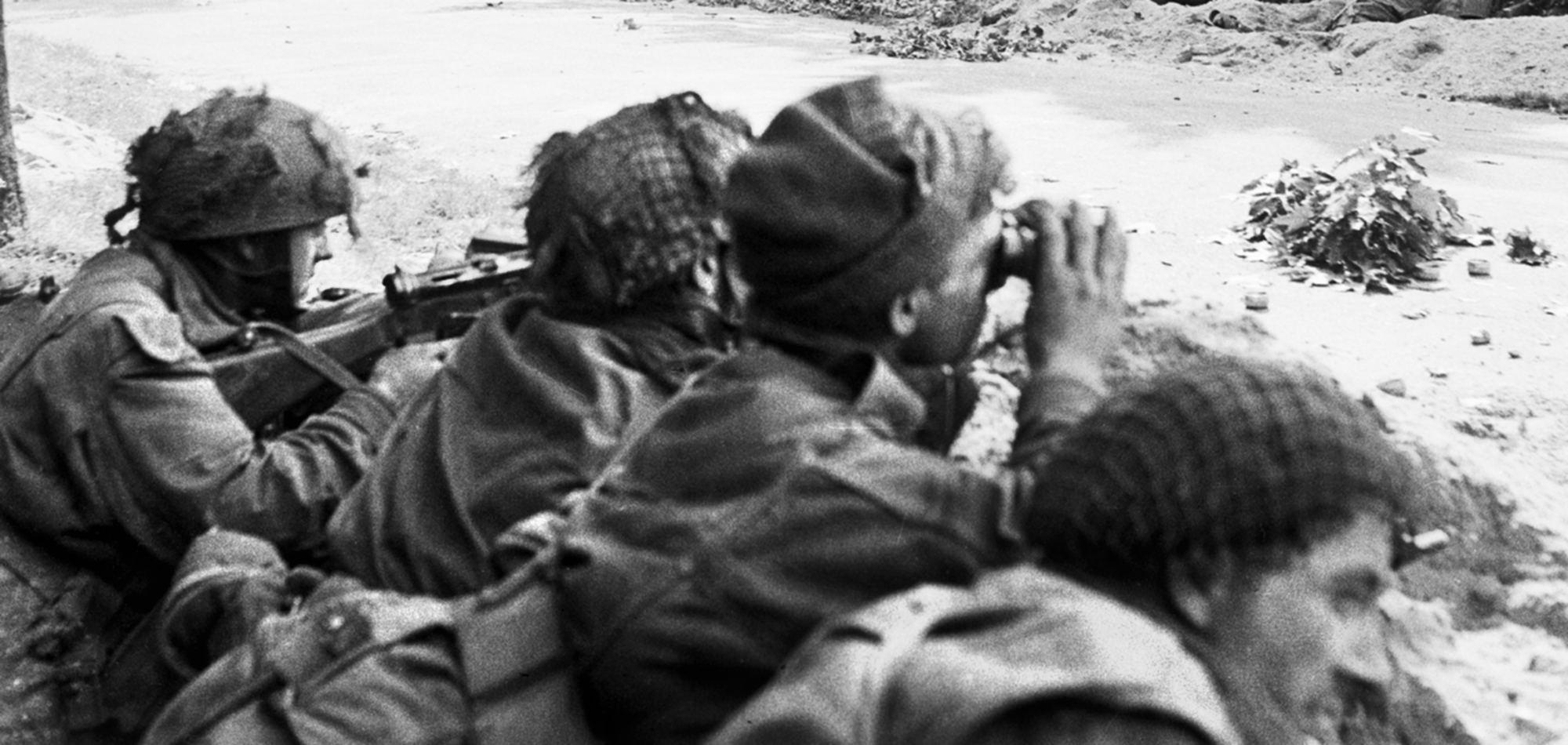
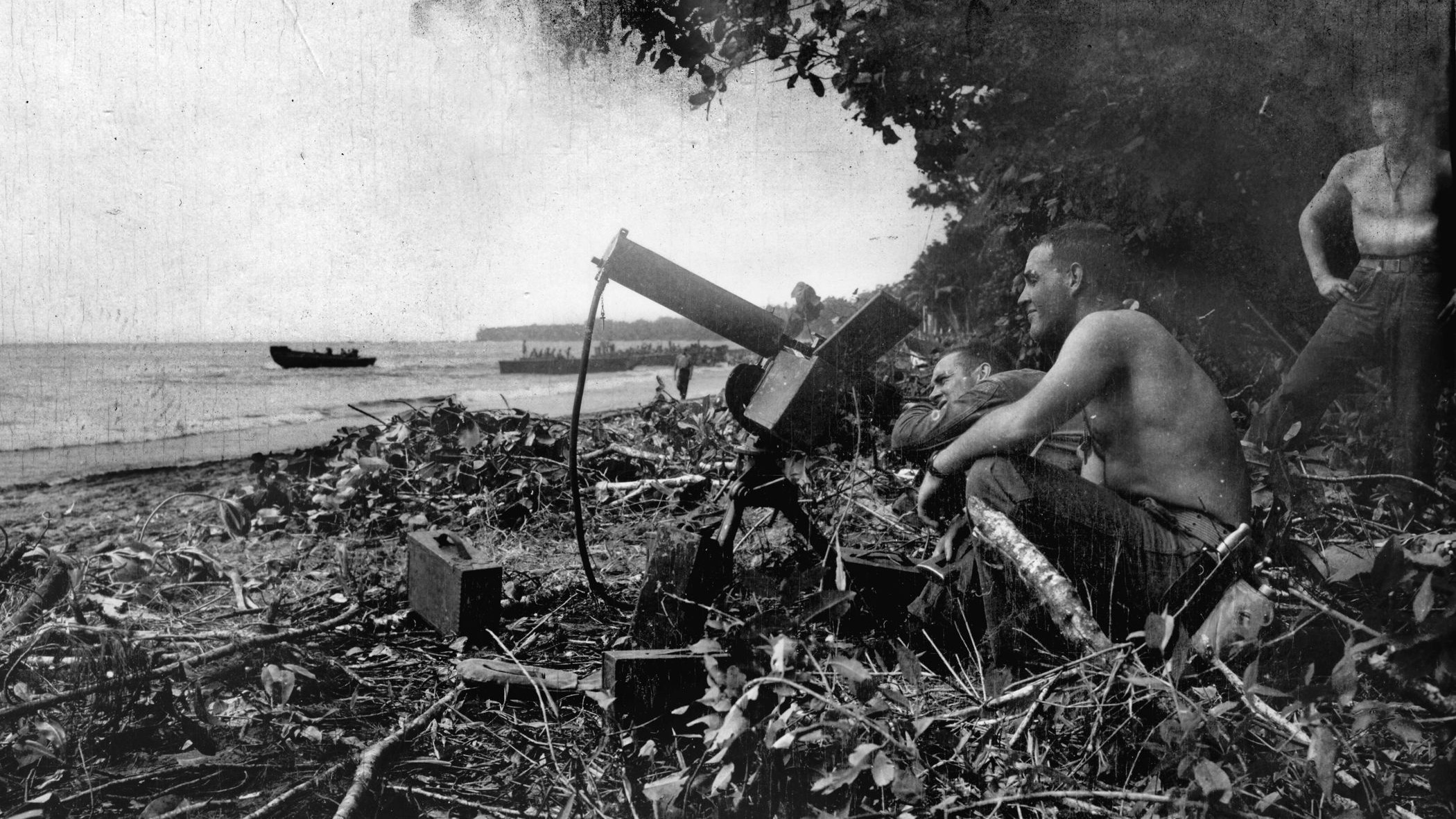
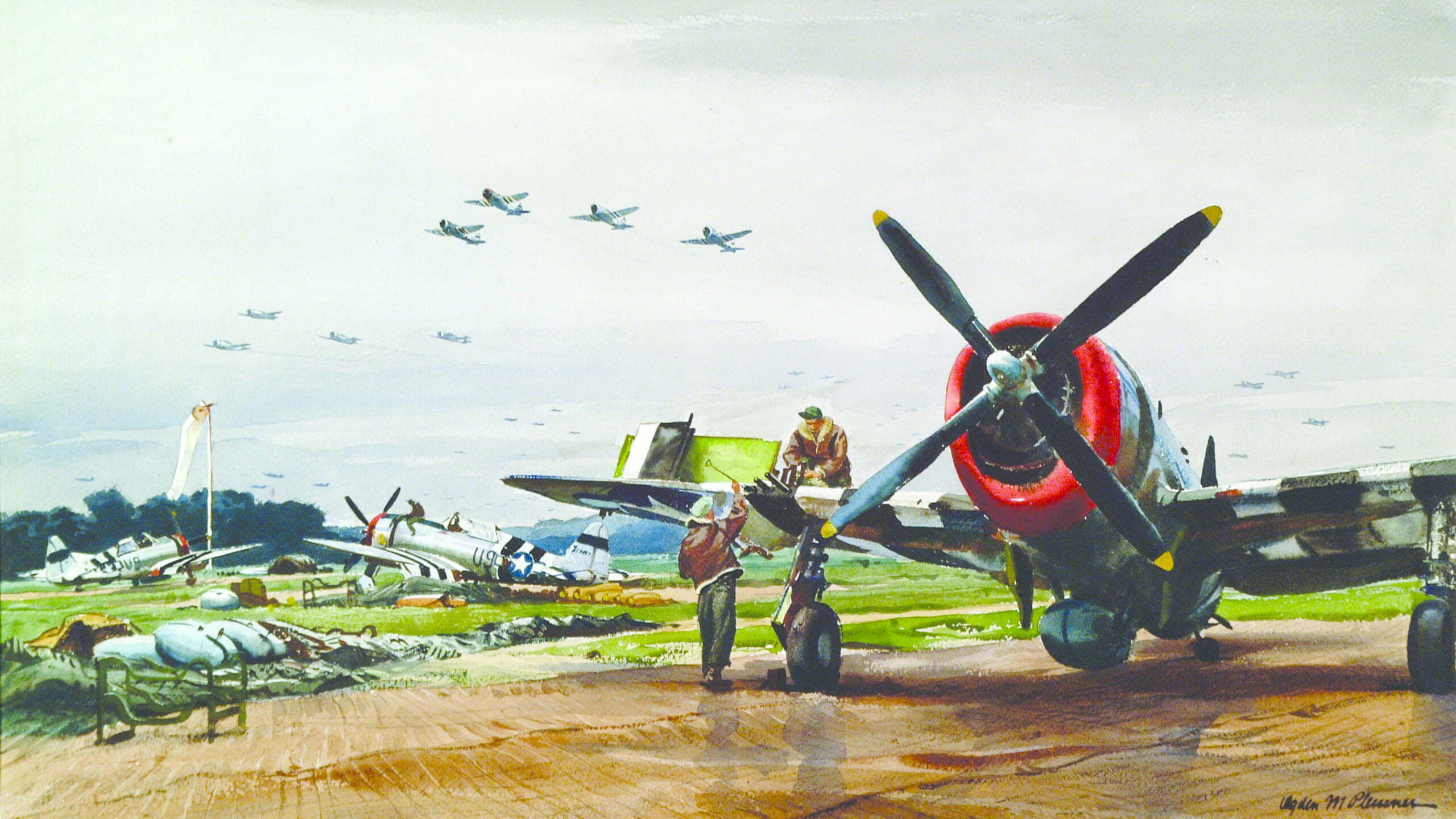
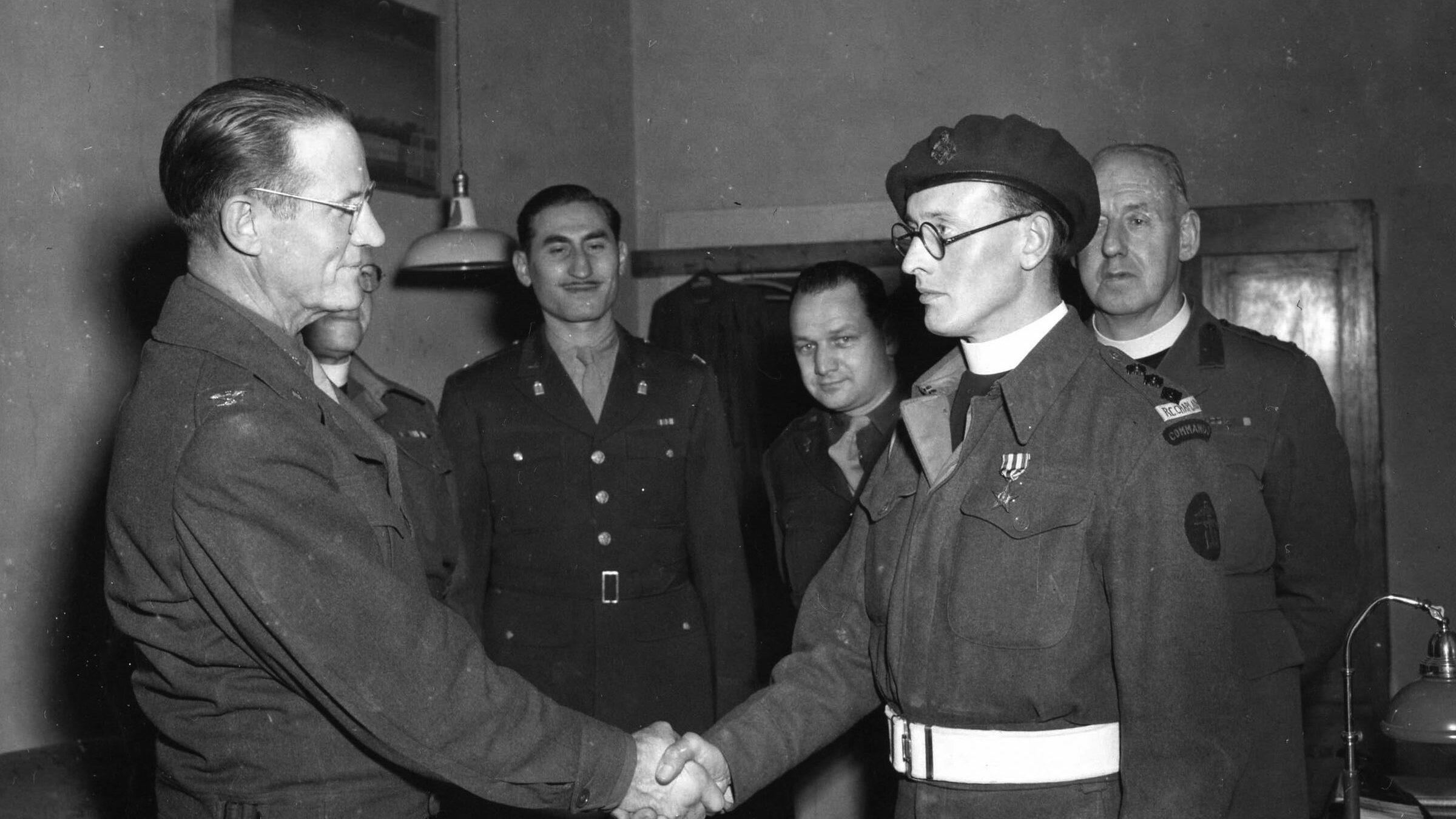
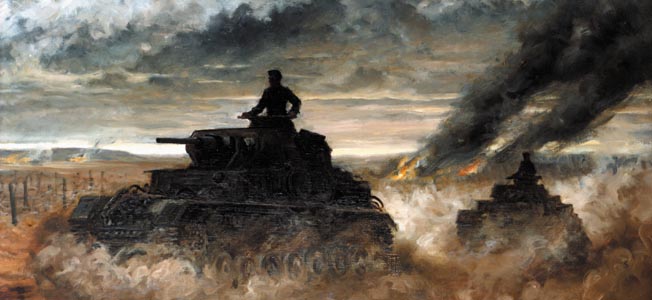
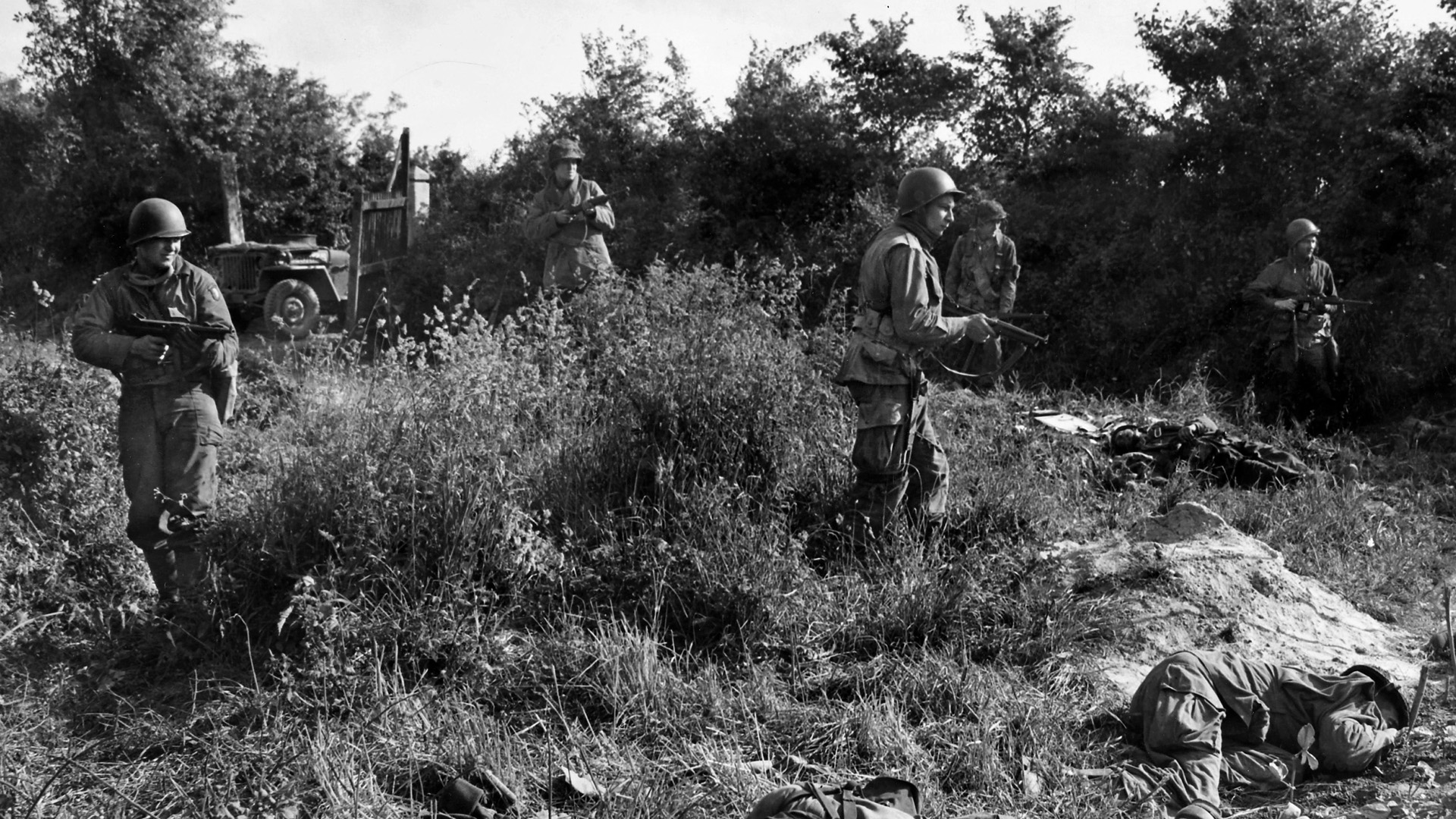
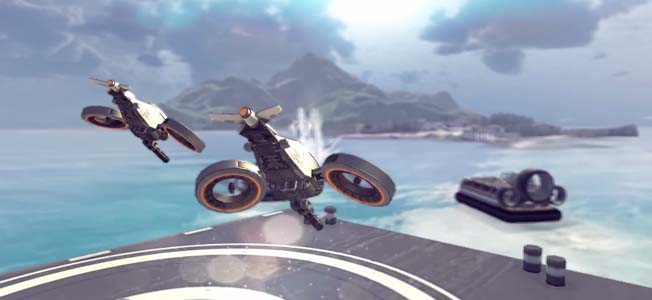
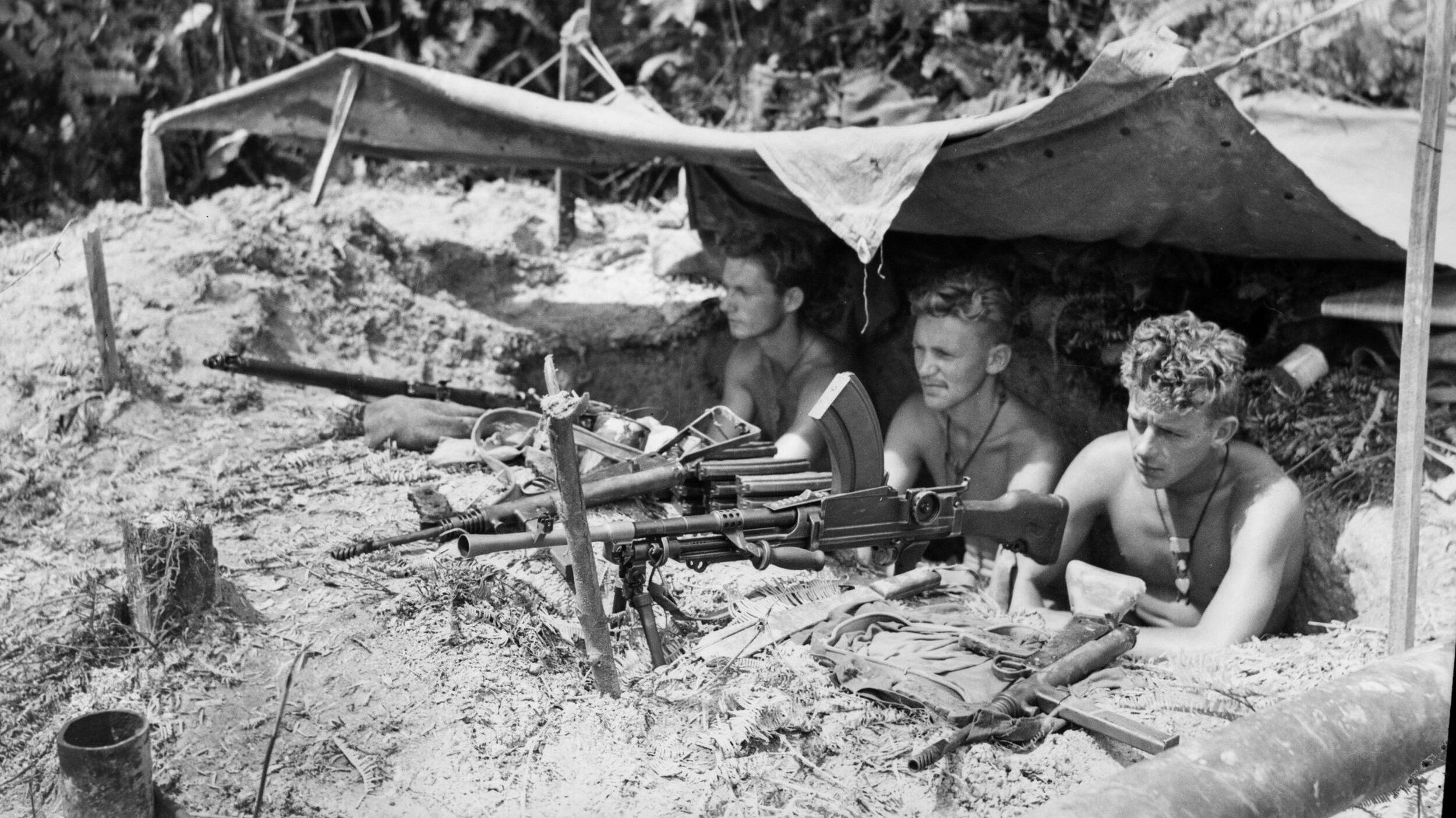
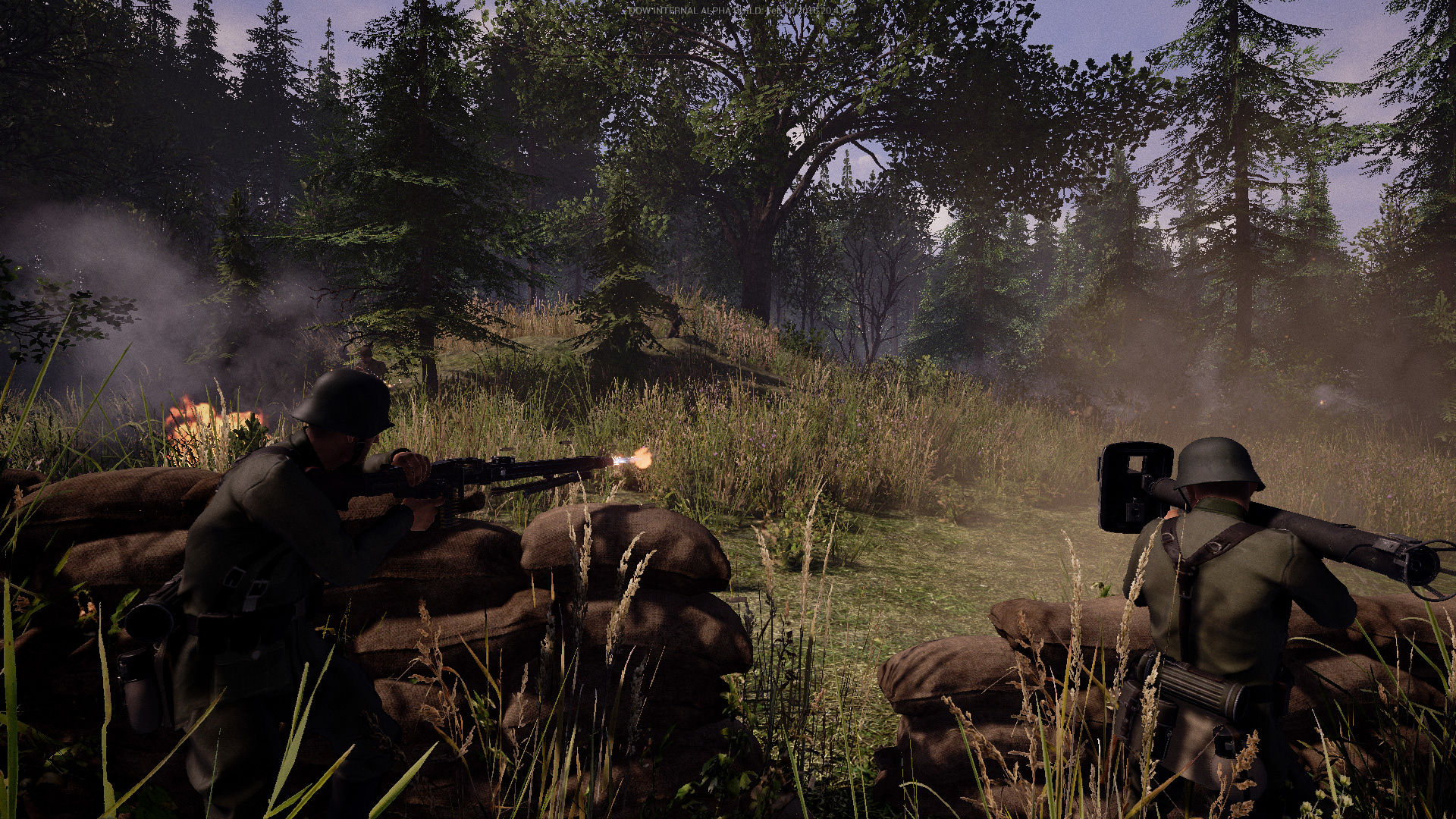
After Sicily, Montgomery seemed to have a desire to prove he was as a hard charger as Patton. Trouble was that he relied on a complex operation that required all parts to come together as planned in order to succeed. At that point in the war, the Germans were still quite stronger than the allies believed.
There’s some thin hostory going on here! Quoting Max Hastings (a journalist, renowned in his popular history books for taking a point of view and then ensuring he only produces the evidence to support his argument) in the opening paragraph is not a great start. First, I am surprised that there is no reference to Eisenhower’s enthusiasm for the operation. Monty was not the only one who hoped that this might open up the German lines and provide a route across the Rhine (at Arnhem) and into Germany, cutting off the Ruhr and – it was hoped – ending the war by Christmas 1944.
Errors were made, certainly, and dropping 1st Airborne Division approximately eight miles from the Arnhem bridge was far from ideal, but there were good arguments in favour of the plan at the time. Moreover, had Lathbury (commanding 1st Airborne Brigade) attached more urgency to his advance – and had he not split his three battalions onto three sperate lines of advance with no chance of supporting one another), a bigger force may have made it through to the bridge. Similarly, Urquhart, the division commander (new in command and with no experience of commanding airborne formations) did not cover himself in glory – abandonning his HQ to go rushing round the battlefield, getting trapped in a house for some time and all this having not really established a clear and well understood system for replacing him in such an event.
Part of the problem, certainly, was the assumption that the Germans were close to breaking after the great retreat through northern France and Belgium, after Falaise. The fact was that the Germans had begun to gather themselves and resistance was already stiffening – but once Monty had decided on a course of action he was hard to dissuade. With rgeards to 9th and 10th SS Divisions, I would argue that saying they had ‘managed to escape total destruction’ is a little economic with the truth. Both were in sorry state – down to around 6-7,000 men (Kershaw) men, between them (approximately 20-30% of their original strength) and were in Arnhem to refit. 9th SS was told to hand over its heavy equipment to 10th SS, the intention being for the former to refit in Germany. Nonetheless, the German reaction was quick and effective.
However, what I find most difficult with this paper is that it is trying to discuss one single element of a vast operation. Singling out 1st Airborne gives the impression that Arnhem was where Market Garden broke down when, in fact, it broke down for so many reasons. Gavin, commanding 82nd Airborne Division at Nijmegen must shoulder some of the blame because 30 Corps, the ground force trying to fight its way to Arnhem, was held up after Gavin’s failure to take the bridge over the Waal River. It can be argued that he was influenced by his superior, General ‘Boy’ Browning who had insisted that the Groesbeek Heights, south of Nijmegen, be secured as a priority. Nonetheless, Gavin appears simply to have had no plan to take the Waal – debate hangs over his aleged orders to one of his regimental commanders to take the Bridge, but no paratroopers were landed to the north of the bridge, so any effort was only ever going to be from the southern side. Be that as it may, the fact remains that the operation finally stalled at Nijmegen and by the time 30 Corps were able to move on, the British paras hanging on at the Arnhem bridge had been defeated.
It’s all about balance. There is NO point in looking at one element of this vast operation in isolation. It is far too complex for that; and its reasons for failure are similarly complicated, with myriad factors involved, from initial planning assumptions through to execution.
It seems to me that Mr Welsh is a historian of the Middle Ages and I’m not sure what inspired him to write about Arnhem. Whatever were his reasons, I would humbly suggest he sticks to what he presumably knows best.
The story by Mr. Welsh was published as a short editorial in the Summer 2022 issue of Military Heritage magazine. As such it was not intended to provide an in-depth look at the operation, but perhaps offer his opinion, or short observation in the limited format. We’ve published a number of articles on various aspects of Market Garden over the past 25 years, including at least one interview with a Brit paratrooper. Here is a link to the story on Market Garden that ran in the same issue with Bill’s editorial:
https://warfarehistorynetwork.com/article/hellish-fight-at-arnhem/